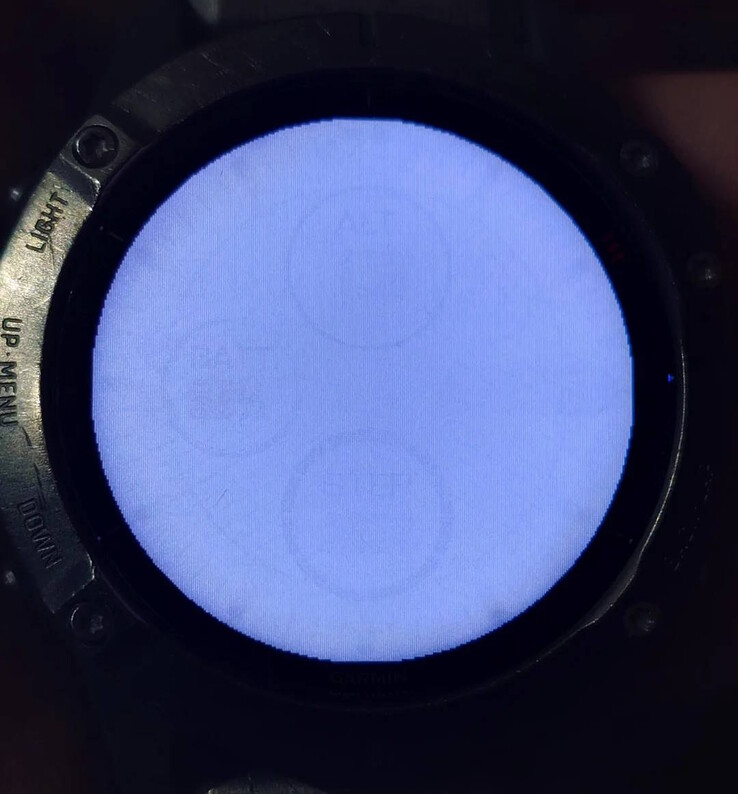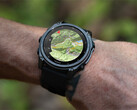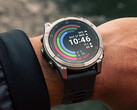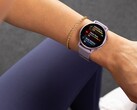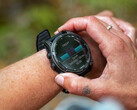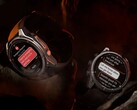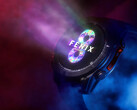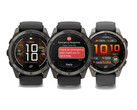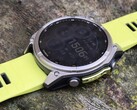The light-emitting diodes of screens with OLED panels inevitably degrade over time, which can lead to certain issues. For instance, burn-in is permanent and generally represents a reduction in picture quality, with varying degrees of severity. Modern OLED monitors have various protection mechanisms that are designed to prevent burn-in. This feature is also extensively covered by manufacturers as part of their marketing. In general, it’s probably not a dramatic issue anymore, and despite the growing number of OLED monitors, there is no massive wave of user criticism.
However, there are a few posts about this issue on Reddit, in which users are complaining that their Garmin smartwatches have been more or less severely damaged by burn-in. However, some additional context is needed, as a smartwatch can be pretty much the worst-case scenario for an OLED display. While the time and the number of steps taken, for instance, may change depending on the watch face, other screen content—especially text—often remains static.
One example shows a Garmin Epix Gen 2, which already shows very clear burn-in after four years of usage. Words like "Battery" are clearly discernible even at times when they shouldn’t be visible at all. In this case, the smartwatch was used with activated always-on display. Rather surprisingly, even Garmin watches with a MIP display might suffer from this issue. There is at least one documented case of visible burn-in on a five-year-old Garmin Fenix 6 Pro. Such a visible degradation of the screen can probably be prevented or at least reduced by choosing a dynamic watch face and deactivating the always-on feature, which also limits the usability of these smartwatches.





